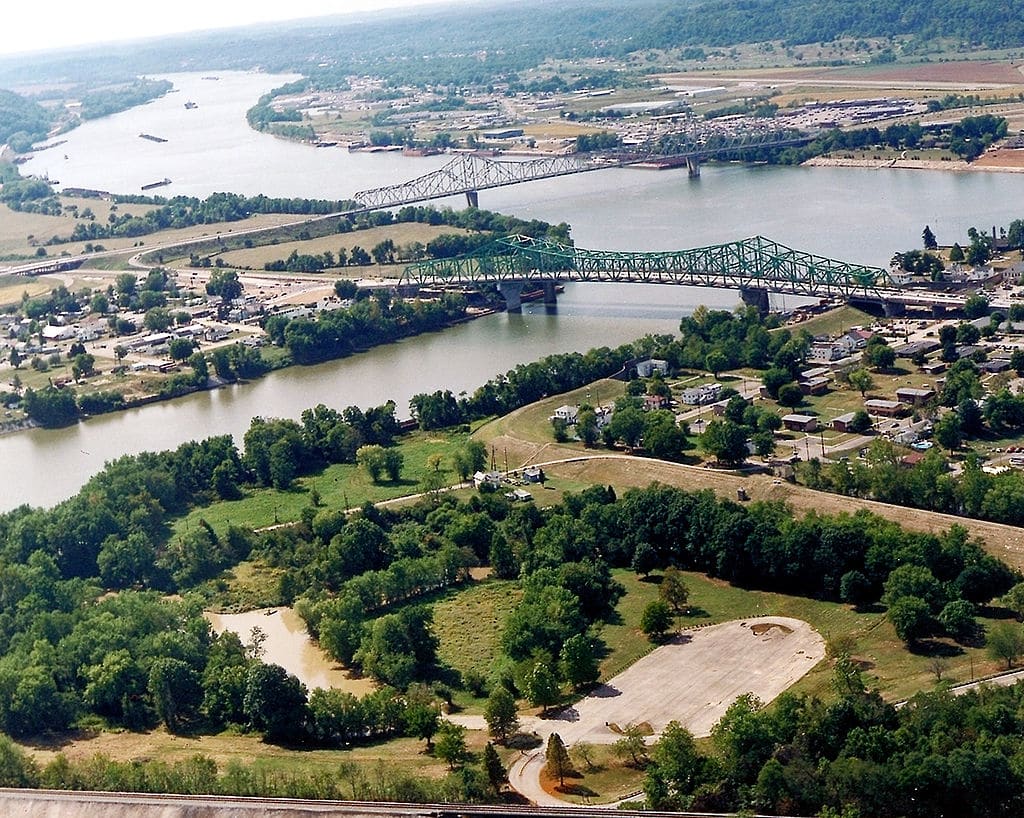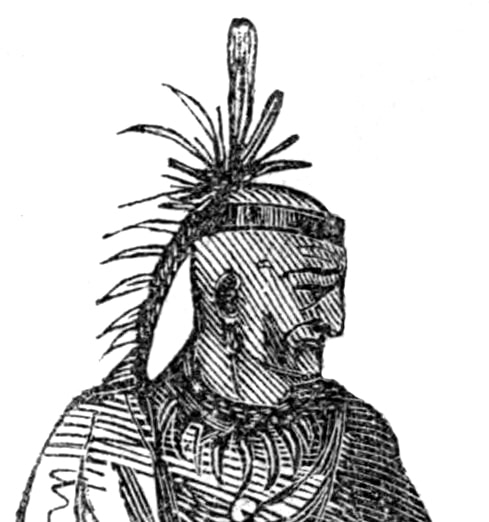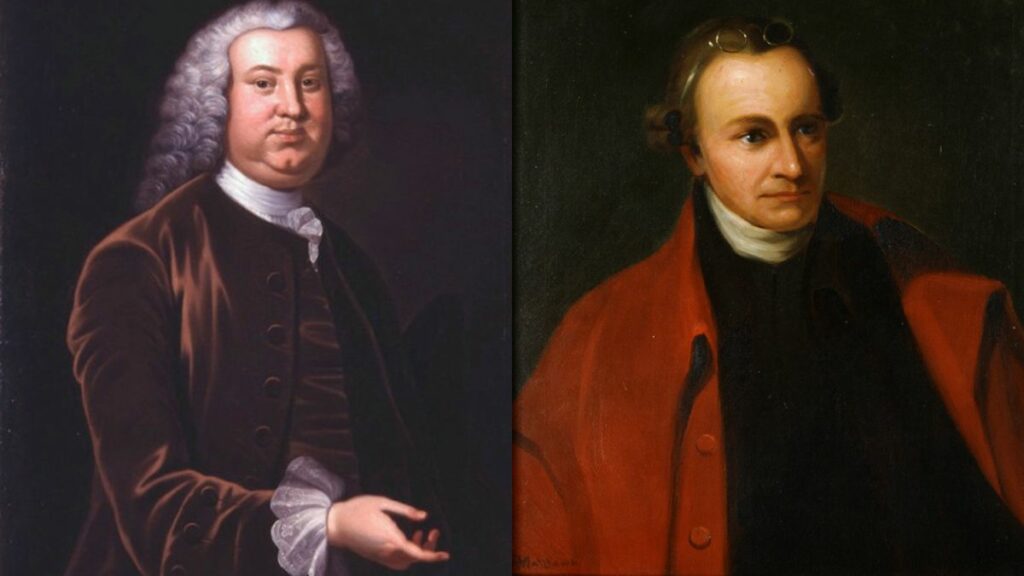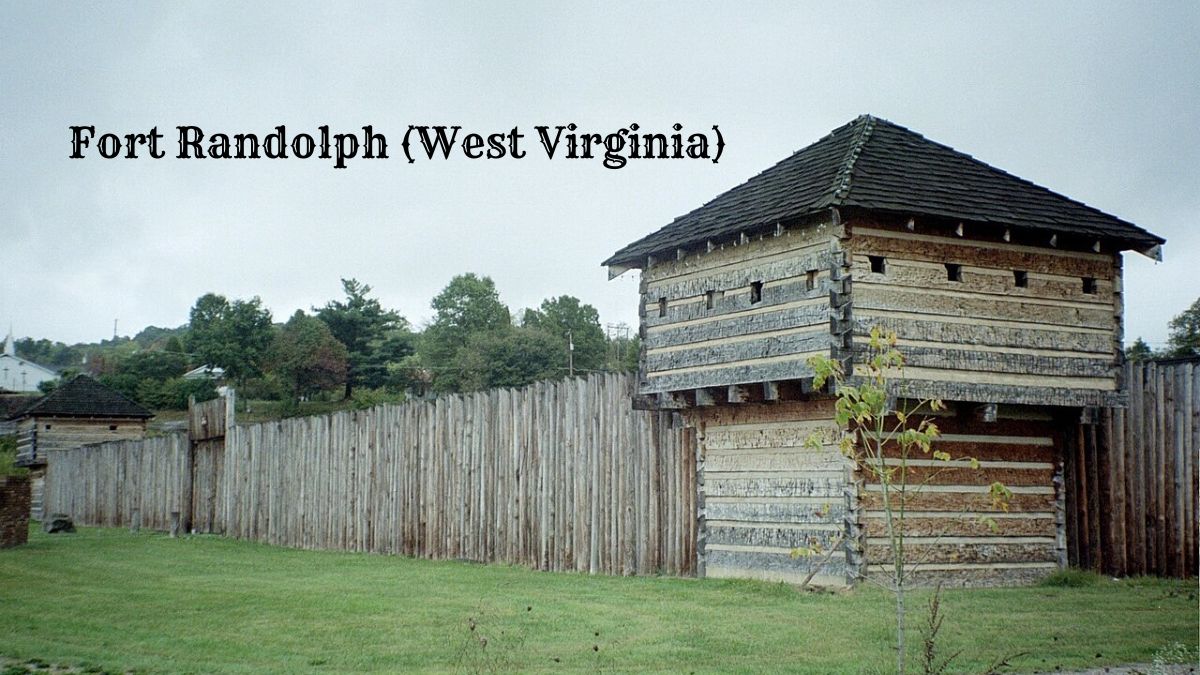Exploring Fort Randolph in West Virginia offers a journey through American history, where this colonial-era fort played a pivotal role.
Constructed in 1776, it safeguarded settlers during the American Revolutionary War and stood as a strategic military post. Its significance extends to Dunmore’s War, being near the Battle of Point Pleasant’s site.
The fort’s location at the Ohio and Kanawha Rivers confluence provided vital control over river routes.
Prominent figures like Chief Cornstalk and Captain Matthew Arbuckle were central to its history, highlighting the fort’s crucial role in both defense and diplomacy during tumultuous times.
History of Fort Randolph (West Virginia)
Fort Randolph played a key role during the American Revolutionary War and held strategic military importance in early American history.
It involved significant events such as Dunmore’s War and the broader conflict between colonial forces and Native American tribes.
American Revolutionary War
Fort Randolph, located in present-day West Virginia, was an essential American colonial-era fort.
It was constructed in 1776 to protect settlers from potential British and Native American threats during the American Revolutionary War.
The fort’s strategic location in Ohio allowed American forces to monitor British movements and Native American activities.
Chief Cornstalk, a prominent Shawnee leader, sought to maintain peace with the American settlers, but tensions remained high.
His assassination near the fort in 1777 exacerbated hostilities between the settlers and Native tribes.
Fort Randolph thus became a focal point in the conflict, serving as a defensive stronghold against potential British incursions and offering protection to American frontier settlements.
Role in Dunmore’s War
Dunmore’s War was a conflict in 1774 between the Colony of Virginia and the Shawnee and Mingo Native American nations.
Fort Randolph was built near the Battle of Point Pleasant, a pivotal encounter during the war.
The Battle of Point Pleasant, fought in October 1774, resulted in a Virginia victory and significantly weakened Native American resistance.
Following the battle, the Treaty of Fort Stanwix was reinforced, confirming land cessions in what is now West Virginia and Ohio.
The fort’s presence ensured continued American dominance in the region and deterred subsequent Native American uprisings.
General Edward Hand even utilized Fort Randolph to launch his operations, demonstrating its long-term strategic value during and after Dunmore’s War.
Location & Construction

Fort Randolph in West Virginia was strategically significant due to its location near the Ohio and Kanawha Rivers, and its design was tailored to maximize defensive capabilities.
Geographical Importance
Fort Randolph was situated near Point Pleasant, at the confluence of the Ohio and Kanawha Rivers.
This location provided a critical defensive position, allowing control over river routes and easy supply transport.
The proximity to these rivers also facilitated rapid troop movement. This was essential for both defense and launching offensive operations.
The surrounding terrain further provided natural fortifications, enhancing its strategic value.
Located in what is now Point Pleasant, West Virginia, the fort helped secure the region against various threats, including Native American tribes and other colonial powers.
Fort Design and Layout
The design of Fort Randolph incorporated multiple buildings and a stockade to ensure robust defense.
The stockade, made of stout wooden logs, surrounded the fort complex, providing a barrier against attacks.
Buildings such as barracks, storage houses, and command centers were strategically placed within the fort.
This layout allowed efficient military operations and quick access to supplies and munitions.
The construction materials used were primarily locally sourced, ensuring practicality and durability.
The design emphasized simplicity and effectiveness, ensuring Fort Randolph served its intended purpose reliably.
Key Historical Figures
Fort Randolph in West Virginia witnessed the contributions and presence of several significant figures. They played crucial roles during critical moments in the fort’s history and impacted the broader historical context of their time.
Shawnee Leader Chief Cornstalk

Chief Cornstalk, a leader of the Shawnee, proved to be a key figure in Fort Randolph’s history.
He initially sought peace with the American settlers and was known for his efforts to mediate conflicts. However, the escalating tensions between Native Americans and settlers led to violent confrontations.
Cornstalk was captured and imprisoned at Fort Randolph in 1777.
Tragically, during his imprisonment, he was murdered by American militiamen. His death had far-reaching consequences, fueling further hostilities between Native Americans and settlers.
Chief Cornstalk’s legacy remains a potent reminder of the challenges of peace and the impact of violent conflict.
Captain Matthew Arbuckle
Captain Matthew Arbuckle played a significant role as a commanding officer at Fort Randolph.
He was instrumental in the fort’s defense during the turbulent times of the 1770s.
His leadership was particularly crucial during threats from Native American tribes, including the Shawnee and Wyandot.
Under Arbuckle’s command, the fort was garrisoned effectively, and his strategies helped protect the settlers.
His interactions with Chief Cornstalk were notable, as Arbuckle was involved in the capture and imprisonment of the Shawnee leader.
Arbuckle’s actions at Fort Randolph underscore his importance in the fort’s operational history.
Peyton Randolph and Patrick Henry

Peyton Randolph and Patrick Henry, prominent leaders in Virginia, indirectly influenced the events at Fort Randolph.
Peyton Randolph, the first President of the Continental Congress, supported colonial efforts that impacted Fort Randolph’s strategic importance.
His political leadership helped shape the policies affecting frontier defense.
Patrick Henry, as Governor of Virginia, played a more direct role.
He ordered reinforcements and resources to support the fort and its defenders.
Henry’s decisions were influenced by reports from figures like Captain Arbuckle and aimed to ensure the fort’s security against threats.
Their leadership exemplified how political decisions at the colonial level impacted local military fortifications.
Cultural & Heritage Preservation
Fort Randolph in West Virginia exemplifies significant efforts to preserve American heritage. This includes extensive reconstruction projects and educational initiatives to maintain and share historical knowledge with future generations.
Reconstruction Efforts
Reconstruction projects at Fort Randolph play a crucial role in preserving history.
These efforts began as part of the American Revolution Bicentennial Administration’s initiative to commemorate the nation’s 200th anniversary.
Authentic materials and traditional building techniques recreate the early American fort outpost, ensuring historical accuracy.
Reenactors and costumed interpreters often participate in events, offering a living history experience.
Events like “Christmas on the Frontier” bring history to life, making the past accessible and engaging for all ages.
Fort Randolph’s location, Krodel Park, is maintained to support these activities and provide a suitable environment for historical education.
Museum and Public Education
Fort Randolph’s museum serves as an educational hub.
Exhibits showcase artifacts and stories from the fort’s history, often with support from the West Virginia Humanities Council.
Interpretive tours guide visitors through the site, explaining the fort’s significance in early American history and its role during the American Revolutionary War.
Educational programs cater to diverse audiences, from school groups to history enthusiasts.
Resources such as “West Virginia: A History” from the University Press of Kentucky provide additional context and depth to the exhibitions.
These programs aim to cultivate a deeper appreciation for the region’s heritage among visitors.
Military Engagements and Fort Usage
Fort Randolph played a significant role in various military engagements and strategic uses. It was pivotal during conflicts with Native American tribes, critical negotiations involving hostages, and diplomatic visits.
Defense and Indian Raids
Fort Randolph played a crucial role in defending settlers against numerous Indian raids.
It was a strategic military site positioned near Fort Pitt and Fort Henry. Militiamen stationed at this fort regularly engaged in skirmishes and defended the frontier.
These attacks were often led by Native American tribes aiming to reclaim lands and halt settler expansion.
The frequency of raids demanded constant vigilance, and the fort’s defenses were repeatedly tested.
The militiamen and settlers sought to secure the region, often retaliating against the tribes to mitigate the threats.
The engagements led to fortified defenses and strategies to protect settlers and maintain control over the area.
Diplomatic and Hostage Events
Fort Randolph also witnessed significant diplomatic activities.
Hostages were sometimes taken during conflicts, necessitating delicate negotiations.
A notable diplomatic visit included officials traveling between Fort Randolph and other forts, such as Fort Pitt and Fort Henry, to secure releases and formulate peace terms.
The fort became a center for these exchanges, influencing broader regional stability.
For instance, in some events, negotiations successfully resulted in the release of captured settlers, temporarily easing tensions.
Diplomatic activities demonstrated the fort’s importance beyond mere military engagements, incorporating elements of negotiation and strategy crucial for maintaining peace in turbulent times.
Relations with Native Tribes
Fort Randolph’s history is intertwined with its interactions with various Native tribes. These relations included attempts at peace and notable conflicts.
Negotiations and Peace Treaties
The post’s early years were marked by attempts at establishing peace with local tribes.
Diplomats and tribal leaders, including the Shawnee chief Cornstalk, played key roles.
The Shawnee and Fort Randolph sought to maintain peace through negotiations near the Ohio River.
Dunquat, a Wyandot leader, was also involved in peace efforts.
Meetings typically focused on the exchange of prisoners and land agreements.
Fort Randolph acted as a center for such meetings, striving to quell hostilities with tribes like the Mingos.
Despite efforts, treaties often faced challenges due to mutual distrust and miscommunication.
Conflicts with Shawnee and Other Tribes
Conflicts around Fort Randolph were frequent.
The Shawnee, the Mingos, and Wyandots clashed with the settlers over territory along the Ohio and Great Kanawha Rivers.
Dunmore’s War in 1774, involving many tribes, intensified these hostilities.
One notable incident was the killing of Shawnee leaders, including Cornstalk and his son Elinipsico.
The attack heightened tensions and led to repeated skirmishes.
Fort Randolph’s strategic location made it a focal point of these violent encounters.
Warrior groups from various tribes continued their resistance against the encroachment, impacting the region’s stability.
Explore More: 11 Historic Forts in West Virginia: An Amazing Historical Insight
Fort Randolph Today
Fort Randolph, situated in Point Pleasant, West Virginia, remains an important historical site with modern relevance.
During the summer, the fort becomes a focal point for visitors interested in American history.
It is located within Krodel Park, adding a recreational appeal layer.
Attractions and Features:
- Reenactments: Historical reenactments often take place, giving visitors a glimpse into the past.
- Trails: Scenic trails offer opportunities for walking and exploration.
- Picnic Areas: Families can enjoy picnics in designated areas, making it a great spot for outings.
Events:
| Month | Event |
|---|---|
| June | Frontier Days |
| July | Revolutionary War Encampment |
| August | Living History Weekend |
Fort Randolph’s integration into Krodel Park enhances its accessibility.
This synergy between historical and recreational spaces creates a multi-faceted experience for visitors.

Cory is a website owner and content creator who enjoys fishing, history, coin collecting, and sports, among other hobbies. He is a husband and father of four.
Romans 15:4 For whatever was written in former days was written for our instruction, that through endurance and through the encouragement of the Scriptures we might have hope.

